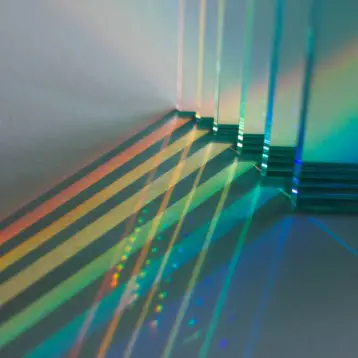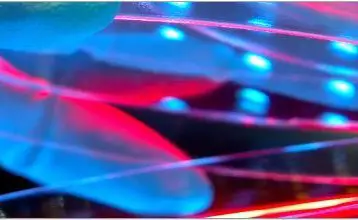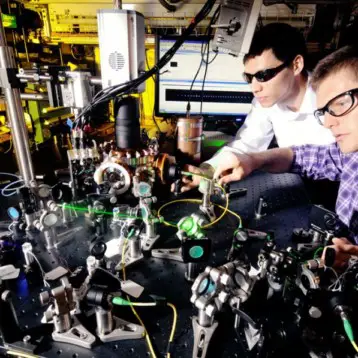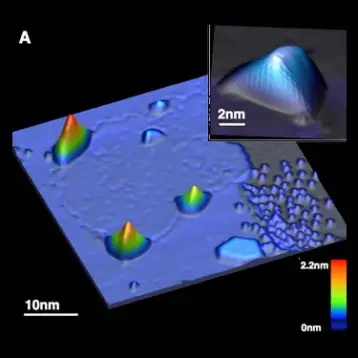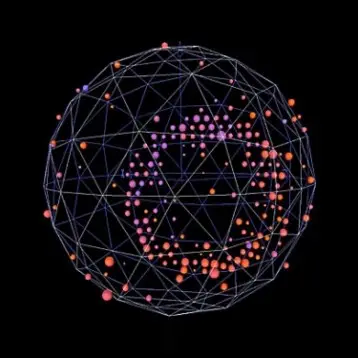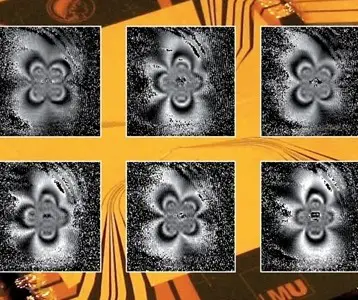This latest study, published in the July 1 issue of Nature, describes the usage of X-ray lasers in order to control behavior of electrons. It might help future researchers to achieve atomic-scale images of biological molecules, leading to the improvement of chemical processes.
The team’s report describes a procedure in which they tuned Linac Coherent Light Source (LCLS) pulses to strip selected electrons, one by one, from atoms of neon gas. By varying the photon energies of the pulses, they could do it from the outside towards inside. Moreover, they even managed to perform a much more difficult task: Peeling it from the inside out, creating so-called “hollow atoms”. "Until very recently, few believed that a free-electron X-ray laser was even possible in principle, let alone capable of being used with this precision," said William Brinkman, director of the Department of Energy’s Office of Science. "That’s what makes these results so exciting."
Researchers from five different institutions compose the team, led by Argonne National Laboratory physicist Linda Young. "No one has ever had access to X-rays of this intensity,” she said. “The way in which ultra-intense X-rays interact with matter was completely unknown. It was important to establish these basic interaction mechanisms." SLAC‘s Joachim Stöhr, director of the LCLS, adds: "When we thought of the first experiments with LCLS ten years ago, we envisioned that the LCLS beam may actually be powerful enough to create hollow atoms, but at that time it was only a dream. The dream has now become reality."
This study continues a previous report, published by physicist Nora Berrah of Western Michigan University in Physical Review Letters. Her work describes the first experiments on molecules; she and her group also created hollow atoms, in this case within molecules of nitrogen gas. They found surprising differences in the way short and long laser pulses of exactly the same energies stripped and damaged the nitrogen molecules. "We just introduced molecules into the chamber and looked at what was coming out there, and we found surprising new science," said Matthias Hoener, a postdoctoral researcher in Berrah’s group. "Now we know that by reducing the pulse length, the interaction with the molecule becomes less violent."
Both teams used LCLS. It forms images by scattering X-ray light off an atom, molecule, or larger sample of material; when mirrors tightly focus the LCLS X-rays, each powerful laser pulse destroys any sample it hits. The innovative use of the X-ray laser is minimizing damage, since certain types of damage are not instantaneous and only develop with time. Not surprisingly, the two teams found that the shorter the laser pulse, the fewer electrons stripped away from the atom or molecule, meaning less damage occurs..
The experiments Young conducted deal with removing electrons using optical lasers. In order to understand her latest work, one should remember that the construction of atoms and molecules occurs via the intrinsic bonds of electrons, which organize themselves in orbits similar to layers. The energy increases from the inside towards the outside.
Young’s work is not the first to experiment with intense optical lasers to strip neon atoms; however, it is the first time that researchers understand how ultra-intense X-ray lasers do this. According to the study, at low photon energies the lasers remove the outer electrons, leaving the inner electrons untouched. However, at higher photon energies, the elimination of inner electrons occurs first; then the outer electrons cascade into the empty inner core, only for later parts of the same X-ray pulse to eradicate them as well. Even within the span of a single pulse there may be times when both inner and outer electrons are missing, creating a hollow atom that is transparent to X-rays.
This new way to explore atomic structure and dynamics offers improvement to current researching methods. "This transparency associated with hollow atoms could be a useful property for future imaging experiments, because it decreases the fraction of photons doing damage and allows a higher percentage of photons to scatter off the atom and create the image," Young said. Application of this phenomenon would also allow researchers to control how deeply an intense X-ray pulse penetrates into a sample, thus making researches regarding nanoclusters of atoms, protein nanocrystals, and even individual viruses much easier.
TFOT also covered the discovery of a single-atom transistor, which is crucial for the development of future compact computers, and a peek at the world’s thinnest material, made at Northwestern University. Another related TFOT story is the creation of molecular gear at the nanoscale level, made by scientists from A*STAR.
For more information about the process of unpeeling atoms and molecules, see Stanford University’s press release.


